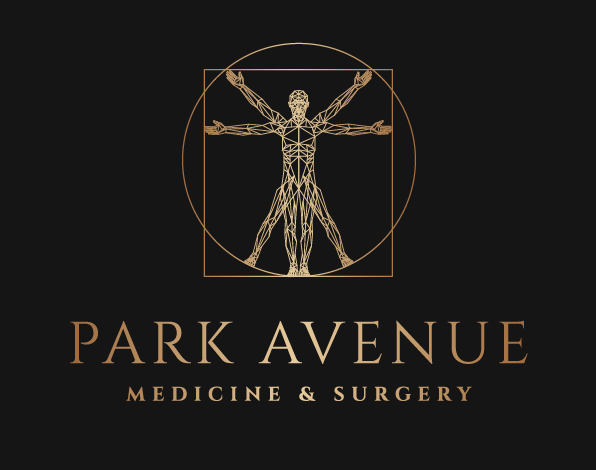3D Printing: A Revolutionary Weapon Against COVID-19
We are currently facing one of the greatest biological wars of our time: the COVID-19 pandemic. It is the ease by which a nearby person can inhale virus-containing droplets discharged from the unprotected cough or sneeze of an infected person that, without a doubt, puts us all at risk of contracting and further disseminating the respiratory disease quickly. About 22.2 million people have been affected worldwide, from which more than 782,800 lives have been unforgivingly succumbed by the novel and deadly coronavirus, and the numbers are still on the rise as scientists continuously search for an effective vaccine.
Its unprecedented nature has placed an enormous strain on healthcare systems worldwide. Remarkably during the peak of the pandemic, those inflicted by the infectious coronavirus found themselves seeking medical help in hospitals without any available beds or respirators. Healthcare providers had to face the reality of the shortage of personal protective equipment (PPE), including face masks, face shields, gloves, and medical gowns. The shortage of these lifesaving gears presented an obstacle for health providers to adhere to the mandated and meticulous precautions they must take to avoid the person-to-person transmission of the COVID-19 virus. This ignited a creative movement that motivated a group of individuals to seek a non-traditional manufacturing approach, such as 3D printing, as a solution. After all, why should those placing themselves on the frontline of this public health emergency have to put their life at high risk in the strive of saving others when it can be preventable?
In case you were wondering, 3D printing is the art of transforming a digital design into a three-dimensional physical object. This additive manufacturing technology utilizes the successive layering of a liquified material, such as plastics or filaments, to craft the desired object. But, how exactly was this generative technology utilized to address the lack of critical medical equipment available to hospitals?
Academic institutions, manufacturing experts, hobbyists, and local community members worked together to produce these life-saving gears using 3D printing. Some of these initiatives began at the homes of local community members with access to 3D printers and a genuine interest in helping their local healthcare organizations. In March 2020, the U.S. Food and Drug Administration collaborated with the National Institute of Health, Department of Veterans Affairs (VA), and America Makes to provide 3D printing resources required to address their specific needs for medical PPE of healthcare organizations. Within the first three months, about 31 community members submitted PPE designs that were tested by the VA clinics for quality and safety. These designs allowed for the manufacturing of more than 348,000 3D printed face masks and 500,000 3D printed face shields for hospital use. Other initiatives also included the 3D printing of valves for the respiratory support apparatus.
However, this is not the only means by which 3D printing has helped combat the COVID-19 virus. It has also enabled the creation of miniature human organ replicas, a phenomenon known as bioprinting. A biodegradable polymer or collagen is used to create a scaffold in which human cells can be transplanted under optimal conditions delivered by a bioreactor and life-sustaining microgel that provides a nurturing environment for the growth of functional tissue. These human organ replicas are currently being used by the Wake Forest Institute for Regenerative Medicine to test drugs for COVID-19 on organs that have been predominantly affected by COVID-19 respiratory disease, including the lung and colon.
3D printing has been an essential weapon in the war against this global pandemic. The generative nature of this engineering technology has permitted the flow of innovative solutions to minimize the danger of this virus for our health providers and the community they serve through interdisciplinary interventions. Although it is still years away, the possibility for 3D printing to produce tissues that can reproduce the functionality of the original one in the human body will also be essential for addressing the foreseen potential rise in chronic disease, particularly affecting the heart and lungs. The potential of 3D printing is endless; innovators should sustain this creative momentum and continue to reimagine and manifest the many ways in which 3D printing can continue to revolutionize healthcare.
References:
“3D Bioprinting - Overview of How Bioprinting Will Break Into Healthcare.” The Medical Futurist, The Medical Futurist, 6 Apr. 2020, medicalfuturist.com/3d-bioprinting-overview/.
“Coronavirus.” World Health Organization, World Health Organization, www.who.int/health-topics/coronavirus.
“Coronavirus Map: Tracking the Global Outbreak.” The New York Times, The New York Times, 28 Jan. 2020, www.nytimes.com/interactive/2020/world/coronavirus-maps.html.
Office of the Commissioner. “3D Printing in FDA's Rapid Response to COVID-19.” U.S. Food and Drug Administration, FDA, 2020, www.fda.gov/emergency-preparedness-and-response/coronavirus-disease-2019-covid-19/3d-printing-fdas-rapid-response-covid-19.
Rosen, Ellen. “A Possible Weapon Against the Pandemic: Printing Human Tissue.” The New York Times, The New York Times, 27 July 2020, www.nytimes.com/2020/07/27/science/bioprinting-covid-19-tests.html.
Tino, Rance, et al. “COVID-19 and the Role of 3D Printing in Medicine.” 3D Printing in Medicine, vol. 6, no. 1, 2020, doi:10.1186/s41205-020-00064-7



